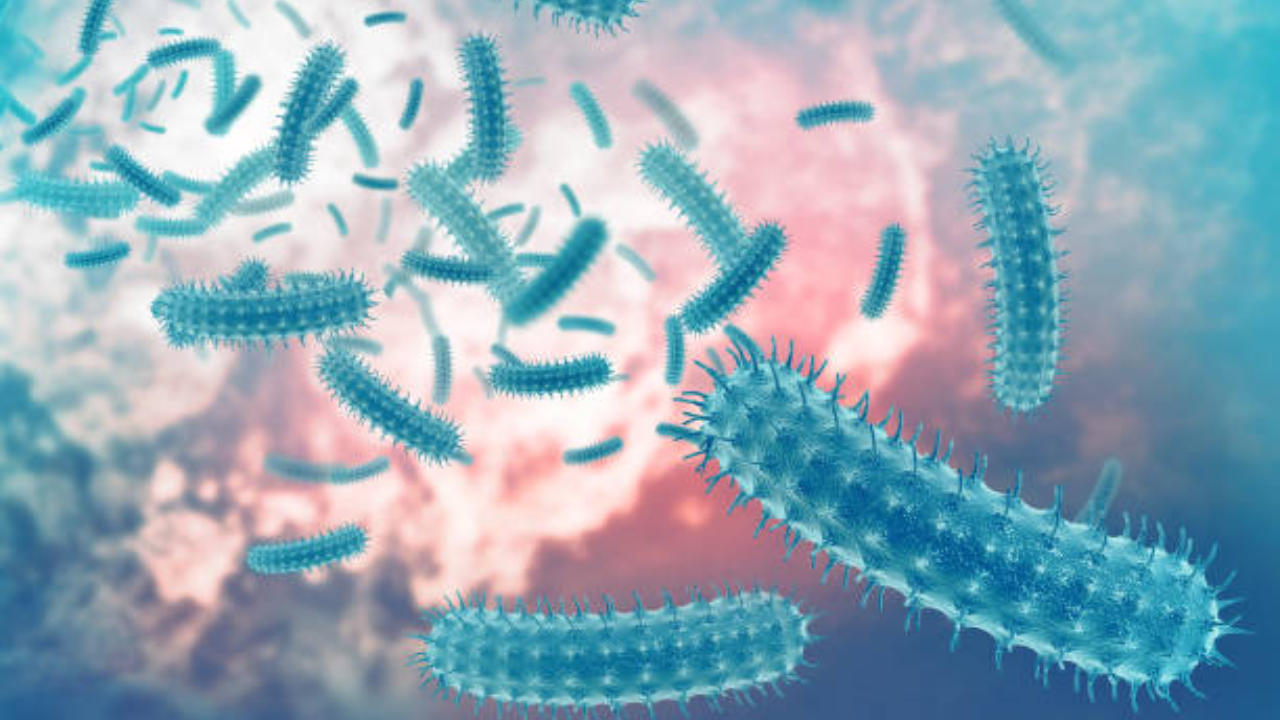This is not the first such death in Kerala. On May 21, a 5 year old girl had died in Malappuram due to this infection and a few weeks later on June 25, a 13 year old girl had succumbed to this infection in Kannur.
This makes it important to address the most obvious question: How does this pathogen reach the human body?
Amoebic meningoencephalitis is a rare but often fatal infection caused by the amoeba Naegleria fowleri.This amoeba typically enters the human body through the nose when contaminated water containing the amoeba is forcefully sniffed or inhaled.
Once inside the nasal passages, Naegleria fowleri travels along the olfactory nerve fibers to reach the brain. It then causes a severe and rapidly progressing inflammation of the brain tissue, leading to symptoms such as severe headache, fever, nausea, vomiting, and confusion.
Treatment of this infection is challenging and typically involves antifungal and antimicrobial medications, but the mortality rate remains high.
Where is amoeba Naegleria fowleri commonly found?
Naegleria fowleri is commonly found in warm freshwater environments such as lakes, rivers, and hot springs, particularly during the summer months when water temperatures are higher. It thrives in stagnant or slow-flowing water, where it can feed on bacteria and other organic matter. The amoeba can also survive in inadequately chlorinated swimming pools, untreated or poorly maintained hot tubs, and even in soil. While Naegleria fowleri is primarily found in freshwater habitats, cases of infection have also been linked to contaminated tap water and soil, highlighting its adaptability and potential for human exposure in various settings.
Naegleria fowleri has been notably found in Kerala, India, primarily due to the environmental conditions that favor its growth and survival. Kerala’s tropical climate with high temperatures and humidity creates ideal conditions for the proliferation of this amoeba in freshwater bodies. During the monsoon season, heavy rainfall can lead to increased water levels in lakes, rivers, and ponds, promoting stagnant or slow-flowing water where Naegleria fowleri thrives.
The practice of traditional activities such as bathing and washing in natural bodies of water is common in Kerala. These activities increase the likelihood of exposure to contaminated water sources harboring Naegleria fowleri.
World Hand Hygiene Day- How to maintain personal hygiene for eye health


